As a chef and educator, I get asked all the time about healthy grains. Some of the healthiest grains are amaranth, barley, buckwheat, corn, kaniwa, millet, oats, quinoa, rice, teff, and wheat.
Speaking very generally, there are two schools of thoughts about grains: one believes that grains can be a healthy part of a plant-based or clean-eating diet. But the other school believes that grains are terrible for our body and we should avoid grains at all costs.
While I’m no doctor and I definitely encourage people to eat what feels best for their body and/or what their medical practitioner recommends, I’m firmly in the camp that thinks grains are awesome!
Below we’ll look at 11 grains you can add into your diet, why they can be really good for you, and some cooking tips about each.
What Are Healthy Grains?
A grain is the edible seed of a grass: wheat, oats, corn, rice, barley, kamut, and spelt all fall into this category. These cereal grains are harvested, dried, and stored until they make their way into bulk bins or are ground into flour to make bread, pasta, cornmeal, polenta, oats, and so much more.
Then there is a class of foods named pseudo-grains: seeds that are eaten like grains but are from different families—they aren’t grasses. This non-botanical category includes foods like quinoa, buckwheat, amaranth, and chia seeds.
Generally speaking, pseudo-grains are gluten-free, so those living without gluten can (usually) safely consume these foods without issue. These can be eaten whole, or ground into flours and processed into other foods, like buckwheat noodles or quinoa flakes.
Qualities That Make For A Healthy Grain
As long as you don’t have any food allergies – including an allergy to gluten – all of these grains in their whole form can be considered healthy. Almost all whole grains and pseudo-grains are an excellent source of fiber, which is key for overall wellness.
Many grains are also an excellent source of minerals, vitamins, and are an often inexpensive way to add bulk to your meal. And perhaps surprisingly, all grains (and especially pseudo-grains) contain high amounts of plant-based protein.
Below we’ll share some details about healthy grain options, along with their specific health benefits, basic cooking directions, and a few recipes to get you started!
Amaranth
Amaranth is a pseudo-grain that produces edible leaves and seeds. It’s a huge family of plants, with edible, ornamental, and ‘weed’ varieties.
The kind that you find in the bulk bins of your natural food stores is an easy-to-cook food that can be a standalone grain or used as a replacement for quinoa or oats in porridge, congee, or pilaf recipes.
I personally find the flavor a bit grassy, and like a lot of pseudo-grains, amaranth has mucilaginous properties that make it a bit gooey, so I think it’s most delicious mixed in with polenta or quinoa.
To cook amaranth, mix 1 part grain with 2 parts water with a pinch of salt in a saucepan; bring to a low boil, then cook for 25 minutes or until soft. You can use amaranth grain in this Amaranth with Miso Glazed Greens or try these 7 other amaranth recipes.
Barley
Barley has long been a staple crop, although it’s mostly consumed in edible form as beer. Barley is a hearty gluten-containing grain related to wheat. Barley is super high in minerals like manganese and molybdenum, and it’s quite high in protein and fiber.
Barley can be served as a standalone grain, alongside greens and other mains, or it can be used in salads or soups to add bulk and creaminess. It’s very filling, so a little barley as a side dish, in a pilaf, or stirred into soup goes a long way. Due to its creaminess, it can also be cooked into a warming porridge for breakfast.
Buckwheat
Buckwheat is one of my favorite pseudo-grains. It’s got a really unique shape, has a delightfully nutty, grassy flavor, and is delicious as flour and in whole-grain form. Buckwheat is an excellent healthy grain, as it contains 8 amino acids, including lysine, and is really high in manganese, magnesium, copper, and fiber.
Buckwheat can be purchased whole (usually called buckwheat groats) or roasted (often called kasha). Buckwheat flour is a delicious, richly-colored flour that can be used in baking. Buckwheat flour is also used for Japanese soba noodles. Most brands are mixed buckwheat and wheat flour, so be careful if you don’t eat gluten.
My absolute favorite recipe for buckwheat is my gluten-free Buckwheat Granola. It’s a delicious alternative to regular oat-based granola and is perfect for those on a gluten-free diet. Here are a bunch of other recipes for buckwheat whole and as flour.
Corn
Corn is often thought of as a sweet summer vegetable, but technically it’s a grain. I like to think of the fresh corn as a veggie, but the dried stuff as a grain, whether in cornmeal, corn flour, or polenta (grits), or popcorn form.
In dried form, corn is often found as cornmeal or polenta (grits). Creamy, cheesy polenta is one of my favorite winter meals, so I was happy to see it’s a fairly healthy choice. It’s not quite as nutrient dense as some other grains.
One-quarter cup dry has 3 grams of protein and 2 grams of fiber. To enhance the benefits of the polenta, you could mix half polenta and quinoa, or add in some brown rice to up the fiber, mineral, and protein content.
Kaniwa
Kaniwa is relatively new on the alternative grain scene, and it’s a nice alternative to quinoa.
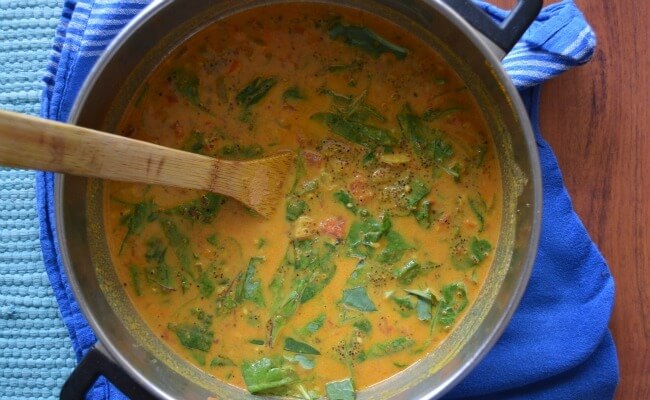
I found its flavor and texture to be a cross between teff and amaranth, but it was awesome in this Kaniwa Coconut Soup. It’s an excellent source of iron – one of the best in the plant kingdom!
Millet
Millet is a common East African grain that’s a staple crop elsewhere in the world, but often used in birdseed here in the US or grown for fodder. But don’t let that distinction deter you from trying this fun pseudo-grain. Much like amaranth, it’s another tiny seed that I prefer it mixed with other grains, but it can be a fluffy, light grain as a side dish too.
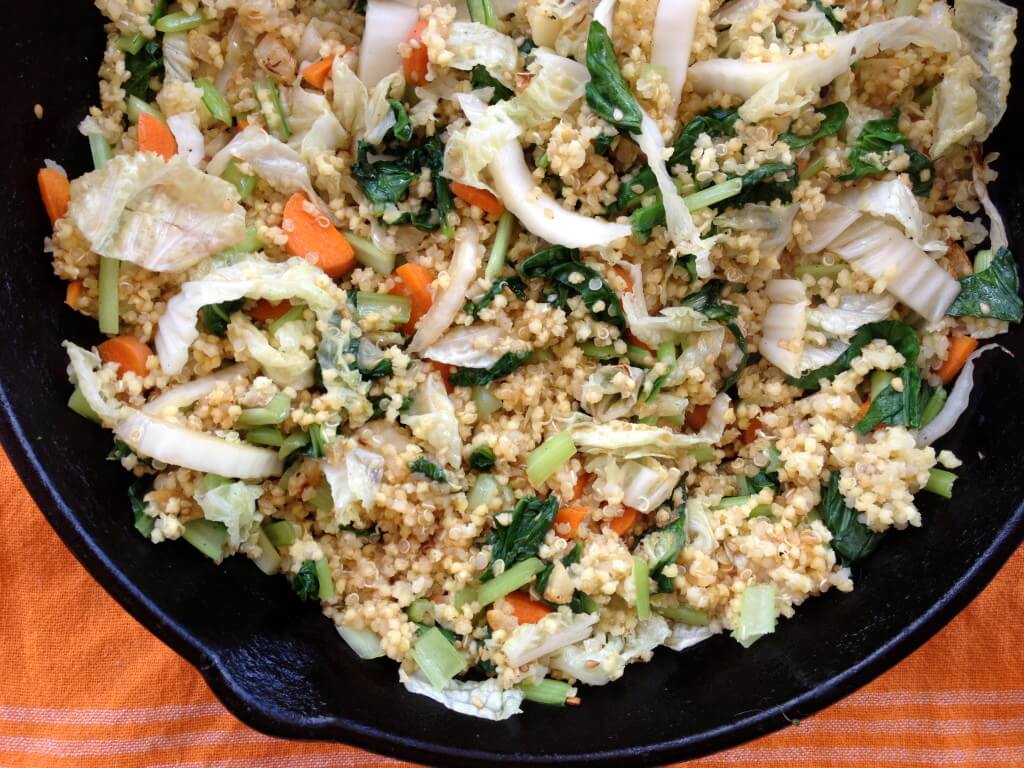
Like other grains on this list, millet is a source of lots of important stuff: it has 15% protein content, a good amount of fiber, and lots of vitamins and minerals. My favorite millet recipe is this Millet Fried Rice.
Oats
Oats are an awesome food to add to your diet. Their high fiber content helps keep you super healthy, and the heartiness of these filling grains means your belly is full. Oats are full of minerals, fiber, and protein, and are generally a nutritional powerhouse with lots of health benefits.
I find that oatmeal is best for me when paired with protein for slower digestion, so I really like it in this High-Protein Granola (which also features buckwheat), but my very favorite way to use oats is in this gluten-free bread that I originally adapted from My New Roots. And savory oatmeal is totally a thing now, and it’s a great alternative for lunch and dinner.
Quinoa
Quinoa took the health world by storm a few years ago, and with good reason. This quick-cooking and versatile seed is nutrient-dense and delicious and can be used in a lot of different meals.
Quinoa is celebrated for having really high amounts of protein and a complete amino acid profile.
Rice
Rice is the most common staple crop in the world, and comes in an array of varieties (pink, black, brown, and more). Brown rice, the whole grain form of rice, contains a high amount of protein and fiber. White rice is the same plants, but has the outer, fiber-rich hull removed and has less nutritional value.
Related Post: Cultivating And Harvesting Wild Rice
Whole Grains Council says, “Brown rice is a good source of magnesium, phosphorus, selenium, thiamin, niacin and vitamin B6, and an excellent source of manganese, with 88 percent of your daily manganese in just one cup cooked.” One of my favorite ways to use white rice is to make it into a type of curry pilaf with veggies and cilantro!
Teff
Teff is the world’s tiniest grain and is a rich brown color. It is most similar to amaranth and offers a wealth of health benefits. It’s super high in iron, calcium, and it’s most commonly eaten as injera, the flatbread of Ethiopia.
While it can be used as a porridge, it can also be cooked and cooled in a baking dish to make ‘cakes‘ like polenta.
Wheat
Wheat has been much maligned (perhaps unfairly) in recent years, but it has enjoyed centuries as a staple crop. There are lots of other types of grains that are quite similar to wheat, like kamut, rye, spelt, farro, and einkorn.
These all have similar health benefits, and can be cooked in the same way: whole wheat berries are best soaked for at least an hour (up to overnight), then cooked until soft. Use in salads, pilafs, stirred into soups, and as an alternative to oats for breakfast. Many of these are also found as flakes (like spelt) and as flours. As ‘ancient grains,’ these alternative types of wheat have become much more popular in recent years.


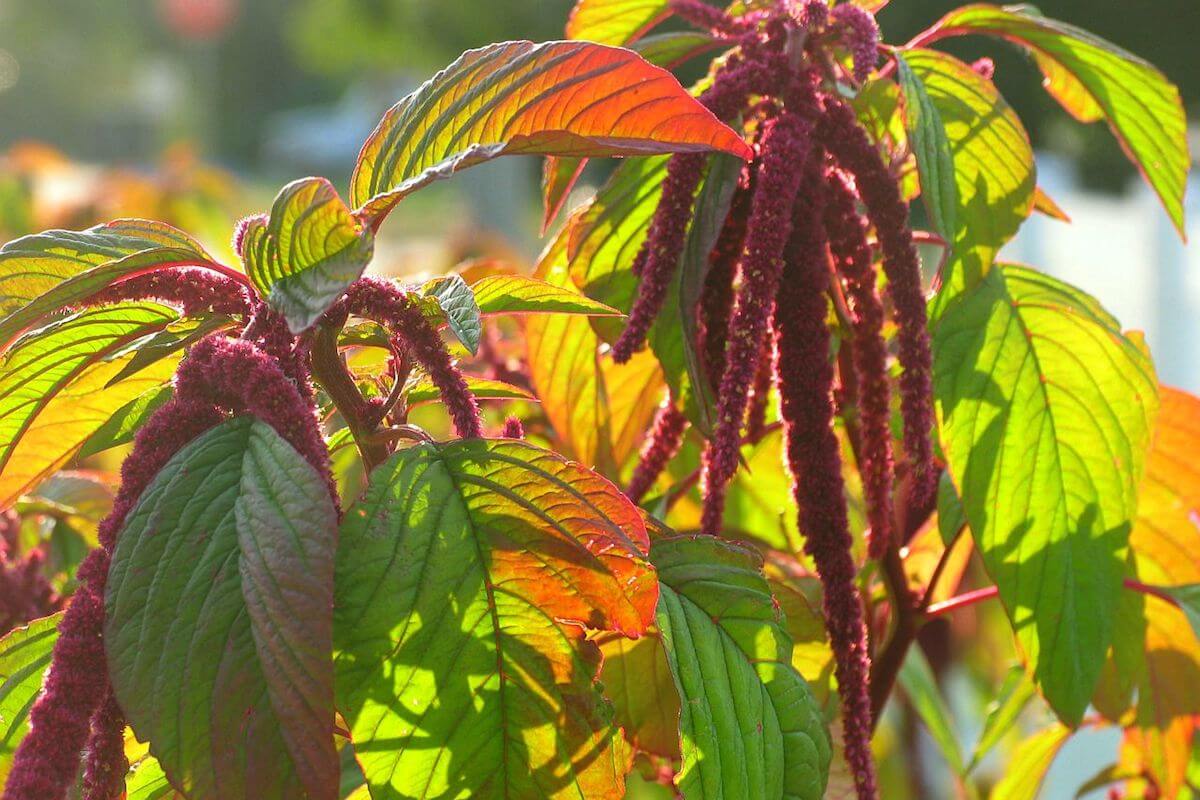

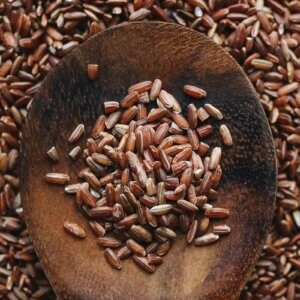

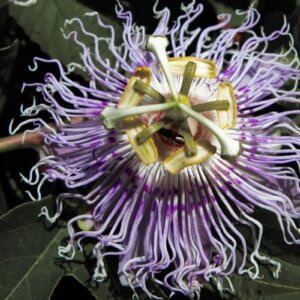
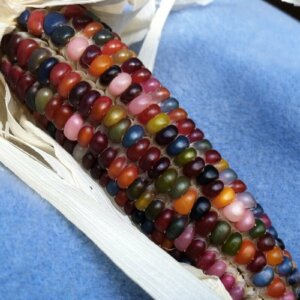
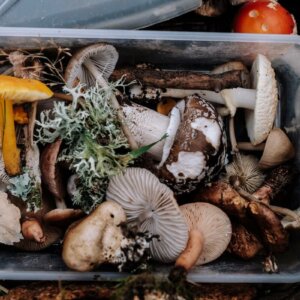
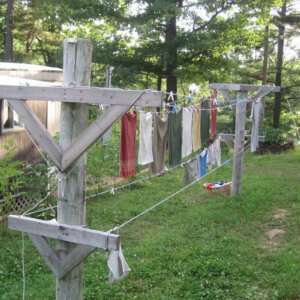
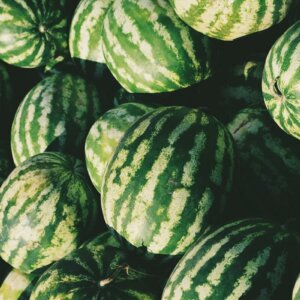

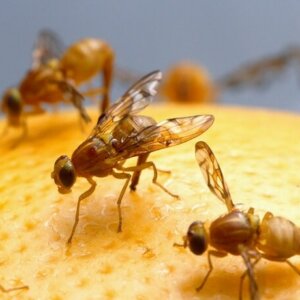



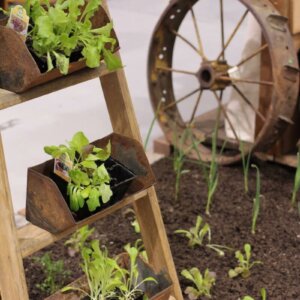

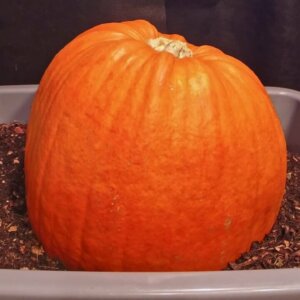


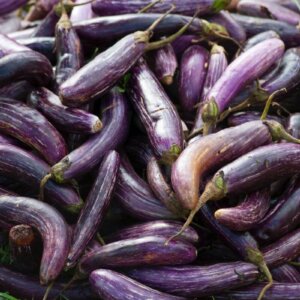
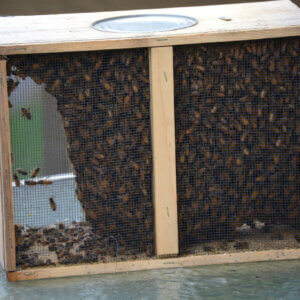
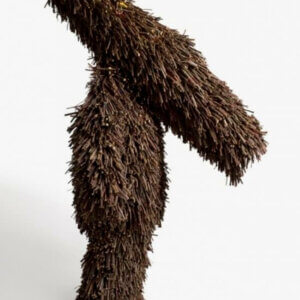

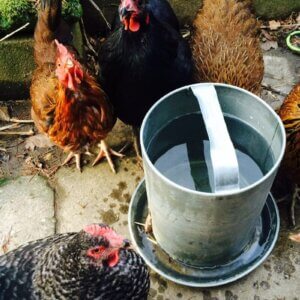


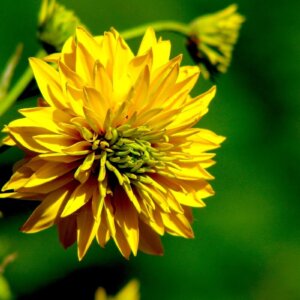

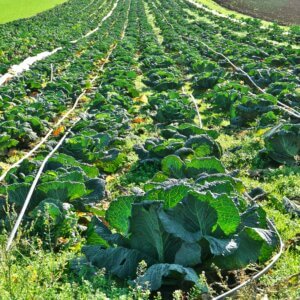



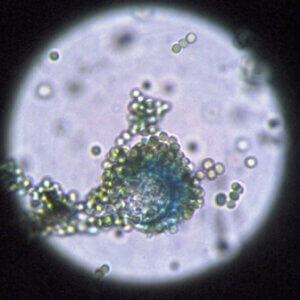
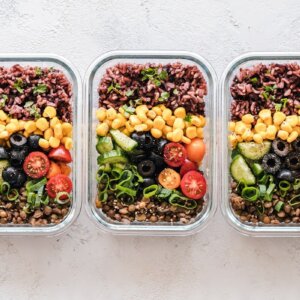


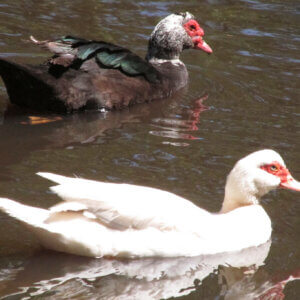

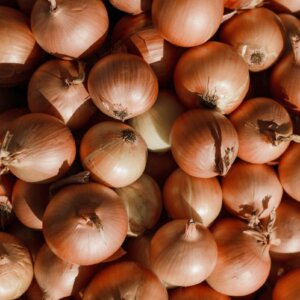
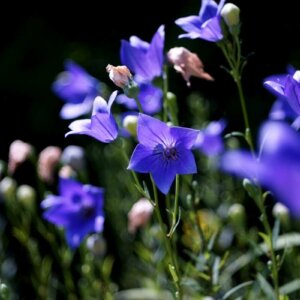
Quinoa buckwheat and amaranth are not grains they are pseudo-grains!